|
By: Getty Stewart, P.H.Ec. of gettystewart.com Want to harvest fresh bunches of crimson red or golden beets? Now’s the time to get those beet seeds in the ground. Earthy and sweet, beets are a cool weather crop that are planted directly into the soil as early as two weeks or so before the last frost free day in your zone. And, because they’re a fast growing crop, maturing between 50-60 days, you can keep seeding them into early summer to get multiple harvests. For us in Winnipeg, that means we can plant them anytime between mid May and early July, although they will grow slower in high heat. I like to plant several varieties over several weeks so I can enjoy as many flavors, colours and patterns as possible all summer long. This photo has the Bull’s Blood, Touchstone Gold, and Detroit Dark Red beets (left to right). The Bull’s Blood beets have great color on the root but they also feature dark red leaves providing a nice contrast to most other beets which have green leaves with deep red or gold veins. Of course, those greens can be harvested and eaten as well. But first, things first, the seeds. Here’s a look at beet seeds, described by one of my gardening friends as tiny human vertebrae. These little vertebrae, or beet seeds are actually capsules that each contain 2-4 individual seeds. When they’re planted, the capsules break down allowing the individual seeds to grow. The entire process of germination takes about 10-14 days. This explains why, even though you may be diligent about spacing your beet seeds properly, you still end up with tight clusters of beets. Once the beets have sprouted and started forming, you’ll need to cull or thin the seedlings as they come up. If you don’t mind small, squished or odd sized beets, don’t worry about thinning them. I thin out a few greens, but usually I wait until there is a small beet to harvest, then I’ll let the bigger one continue to grow. Creating a beet out of one of these seeds is pretty much a miracle, luckily our part is pretty simple. Just follow these general guidelines for planting beets (check your seed package for details about your specific variety). When to Plant: Beets can be planted 2 weeks before last frost free day (mid May in Winnipeg). You can continue to seed them into early July so you have a continuous supply all summer. Days to Germination (when will they poke out of the ground): 10 -14 days Days to Maturity: 50 to 60 days depending on type of beets, greens can be harvested much by 20 to 25 days and onward Where to Plant: Full sun is best but beets will tolerate some shade How: Direct seed into the garden, do not start indoors and try to transplant beets, root crops like beets don’t transplant well Seed Spacing: 3-4″ (8 cm) apart – can you see the seeds in the photo below? Sometimes I seed them closer knowing the cutworms (see below) will destroy a few along the way. Sometimes I seed them closer knowing the cutworms (see below) will destroy a few along the way. Depth of Seed: 1/2″ (2 cm) Gently tap soil covering the seeds. Special Tips for Beets:
In about 12 to 14 days you should see little beet greens poking out of the ground. Did you know…
Need help planning or getting your vegetable garden going? Get Getty to help you figure things out. Getty Stewart is a freelance Professional Home Economist, author of Manitoba’s best-selling Prairie Fruit Cookbook, Founder of Fruit Share, mom and avid veggie gardener. She loves growing food and has been doing so forever. Need a workshop or a little one-on-one, Get Getty!
2 Comments
Your comment will be posted after it is approved.
Leave a Reply. |
The Ontario Home Economics Association, a self-regulating body of professional Home Economists, promotes high professional standards among its members so that they may assist families and individuals to achieve and maintain a desirable quality of life. Categories
All
Archives
April 2024
|
|
Subscribe to our mailing list
|
|
Unsubscribe from our mailing list
|
Copyright © 2023 Ontario Home Economics Association (OHEA). All Rights Reserved.

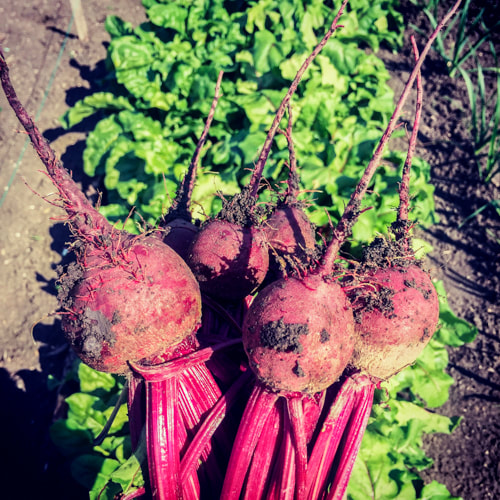
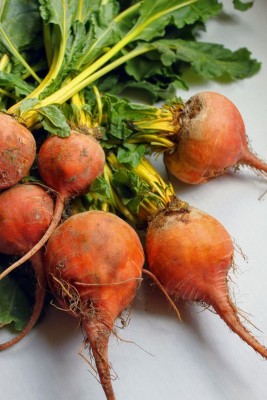
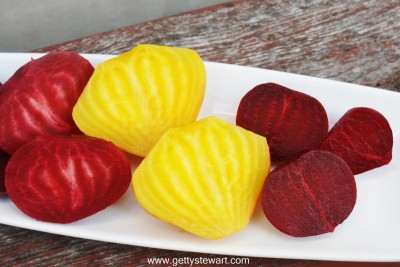
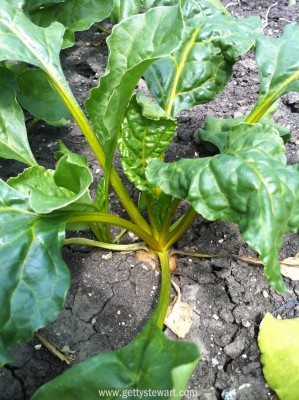
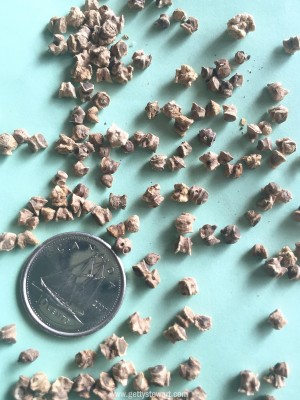
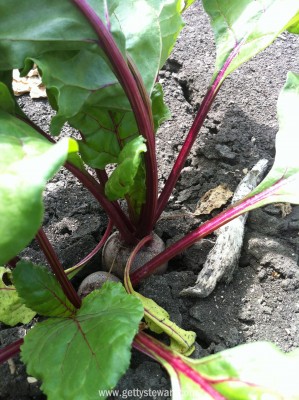
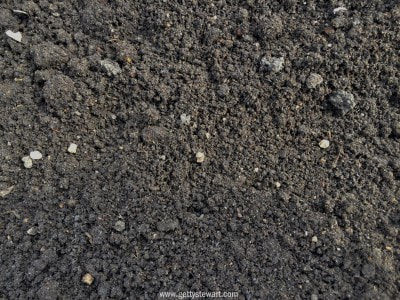
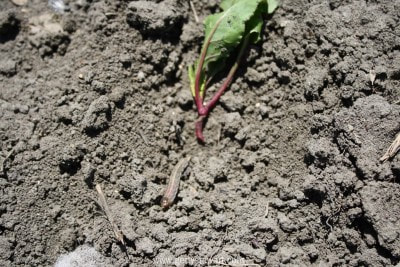
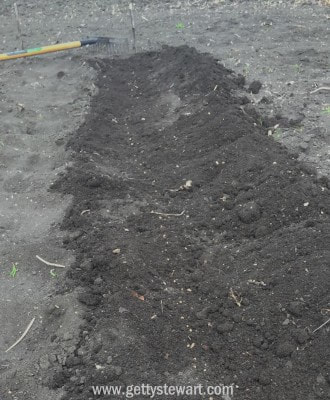
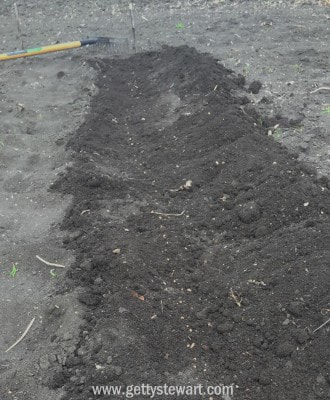
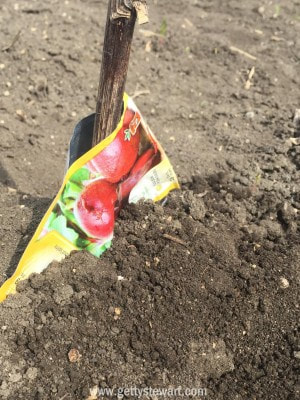
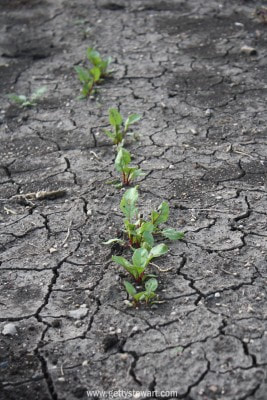
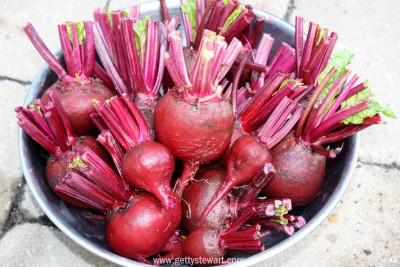

 RSS Feed
RSS Feed